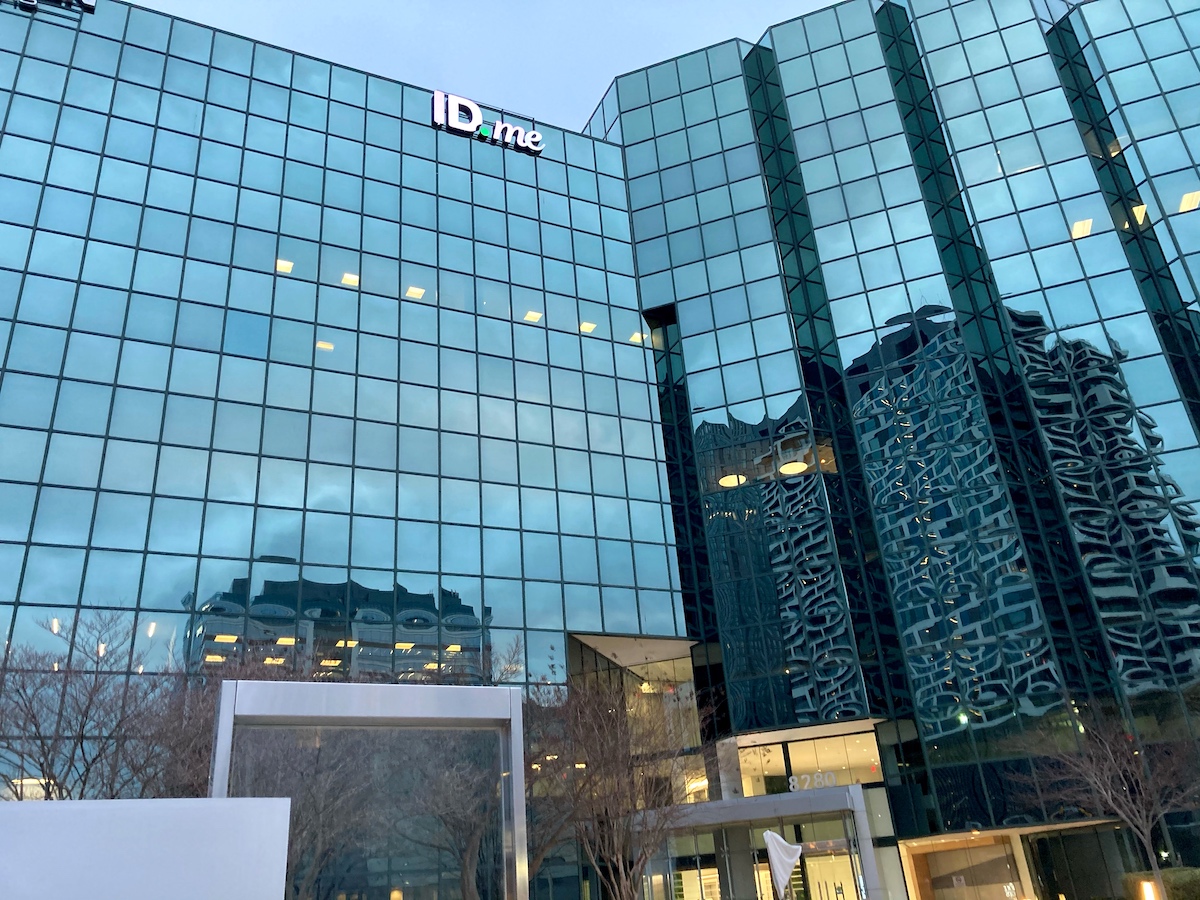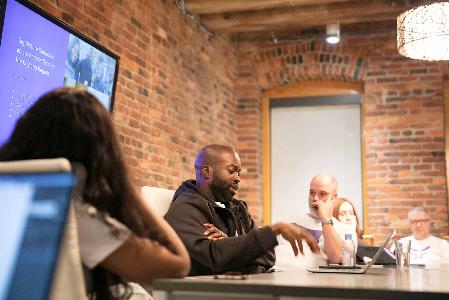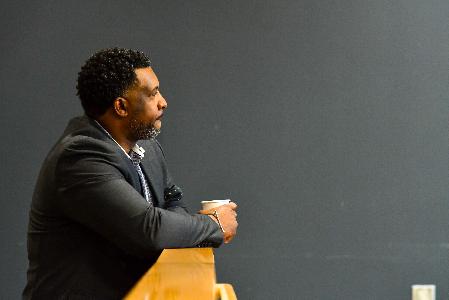Just six months after reaching unicorn status, growth is not slowing down for McLean, Virginia-based identity verification company ID.me.
Earlier this year, the company closed a $100 million Series C round, raising its total valuation to $1.5 billion, with a number of investors betting on its verification technology. Notable participants included Connecticut’s Viking Global Investors; CapitalG from Google’s parent company Alphabet; Morgan Stanley; Lead Edge Capital; WndrCo; and Willoughby Capital, plus notable individuals including SoftBank CEO Marcelo Claure and former U.S. Secretary 0f Commerce Penny Pritzker, who invested via her firm PSP Partners.
Now, the firm is continuing to march on with the digital-first era. CEO Blake Hall told Technical.ly that ID.me currently has 59 million users, adding about 200,000 new additions daily. It plans to have around 100 million Americans on its system by the end of the year. Additionally, 27 state workforce agencies use ID.me. Its valuation, according to Hall, is also several multiples higher than it was in February, when it became a unicorn.
Going forward, the company recently announced a vaccine ID for a digital wallet, showing COVID-19 vaccine verification for employers requiring a vaccine. He noted that with the full U.S. Food and Drug Administration approval of the Pfizer vaccine, even more employers will be looking to mandate vaccine in return-to-work policies.
“We think that empowering people to more easily show that they have been vaccinated against COVID-19 is a really important part of helping our economy and society get back to some semblance of normalcy,” Hall said.
It is also adding several languages to its software, and opening up in-person proofing at 500 locations nationwide, meaning individuals without access to devices or technology at home can travel to a location to verify their identity.
“Being able to show up in person to prove who you are is a really important relief valve to just push the edge for access closer and closer to communities that have traditionally been left behind and may be facing more of a digital divide,” Hall said. “So we’re constantly trying to push the envelope.”

ID.me’s office in McLean, Virginia. (Courtesy photo)
But the massive growth in 2021 has also meant finding the manpower to back it up. Hall said that it has added about 1,400 employees and contractors in the second quarter alone and counting (the company also has over 100 job openings listed on its site). Although a portion of employees are on-site, as they deal with sensitive information, a large portion of its workforce was onboarded and continues to work remotely. The final return to the office, he said, will also likely be an ongoing process and a gradual move back, as people work to establish things like childcare.
Growing such a large amount while working remotely, Hall said, means there are a lot of different factors when it comes to maintaining company culture among such a huge group. And it starts with hiring. For one, he said ID.me has very specific cultural values that follow through in hiring, like avoiding anyone that the company views as a pessimist, and moving towards people that will create a positive work environment.
“We’re very deliberate about screening for the intellectual capacity for a given job using analytics skills and testing, and then we have a structured interview process that evaluates personality and behaviors against our company values,” Hall said. “That’s how we’ve been able to scale to over 1,400 people, but do it using the scientific method to make sure that our culture got stronger as we grew.”
Following the hiring process, Hall added that the company still upholds practices from when it was smaller, like a Founders Friday with the whole team that’s also posted in the company Slack channel. He also accepts anonymous questions and concerns through an employee survey, and does his best to respond to each one personally. This transparency, and the company’s data-driven approach to decision-making, he said, set ID.me apart and help continue to build culture even while working remotely.
“It’s just very important to have that pipeline of feedback from the frontlines, where they can come directly to me at any time or to anyone on the C-suite staff,” Hall said. “So, we’ve just been more deliberate about communications and doing it through mediums like video and written forms so that I can still speak directly to everybody in the company, even if I can’t gather them in one room anymore.”

This editorial article is a part of How We Work Now Month of Technical.ly's 2021 editorial calendar.
Before you go...
Please consider supporting Technical.ly to keep our independent journalism strong. Unlike most business-focused media outlets, we don’t have a paywall. Instead, we count on your personal and organizational support.
Join our growing Slack community
Join 5,000 tech professionals and entrepreneurs in our community Slack today!





